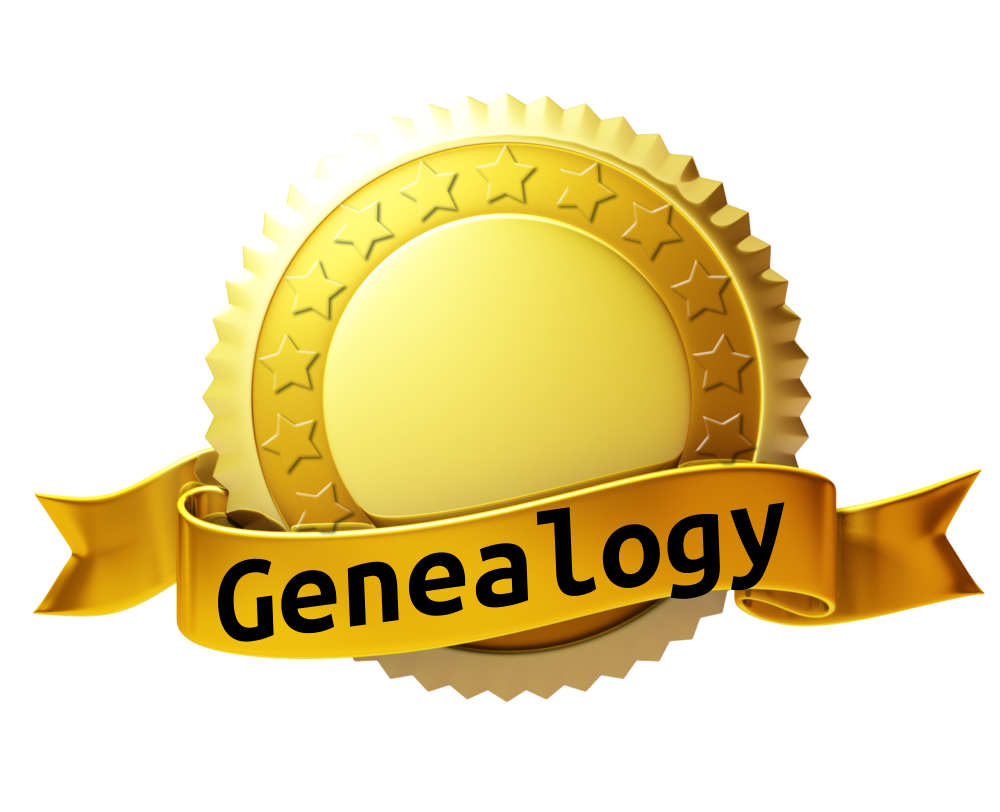by Lisa Cooke | Sep 26, 2013 | 01 What's New, Findmypast, Irish, Newspaper
Got Irish roots? You may want to check out Findmypast.com’s new Irish Newspaper Collection, with nearly 2 million searchable historical Irish news

Glenarm Co Ireland
articles.
“Digitized from the collections of the British Library, the Irish Newspapers Collection on findmypast.com is a rich resource for genealogists in search of their Irish roots,” states a company press release. “The collection features six newspaper titles (both national and local) covering areas in Leinster, Munster, Connaught and Ulster, namely: The Belfast Morning News, The Belfast Newsletter, The Cork Examiner, The Dublin Evening Mail, The Freeman’s Journal and The Sligo Champion.
Each newspaper title covers different dates in Ireland’s history with articles from the pre-Famine era to post-Irish independence in 1926. For family historians, the newspapers contain valuable entries like advertisements, obituaries and letters to the editor which provide details on what local and national life would have been like in Ireland hundreds of years ago.”
The time period covered by these papers (1820-1926) includes the Great Famine that caused millions of Irish to flee the country for more fertile shores. Findmypast.com subscribers can access this collection as well as those with World subscriptions on all findmypast international sites.

Available at http://genealogygems.com
Still not sure how to use newspapers in genealogy research? My book How to Find Your Family History in Newspapers, available in both print and e-book formats, shows you how to get the most out of online (and offline) newspapers.
I wish you some old-fashioned Irish luck finding your family in newspapers and beyond!
by Lisa Cooke | Sep 24, 2013 | 01 What's New, History, Inspiration, Maps
If your ancestors lived or worked in New York City, did you know you can follow them home from work? At least virtually.

New York City Subway History
David Pirmann runs a website dedicated to the history of the New York City subway system. NYCSubway.org includes great historical background, photos, maps and other documents.
Start by reading about elevated rail service that began in the 1860s and the development of the transit system since then. Then consult route maps for several time periods, either in the Historical Maps section or the Line by Line Guide (both under the Maps and Stations tab).
The fun part is browsing the rest of the site: learn how “The Great White Hurricane” snowstorm of 1888 paralyzed the city, or how things have worked behind the scenes (fares, power, signals, etc). You can even check out images of abandoned stations and old cars.
Thanks to Gizmodo.com for an article that pointed me to this fun resource.
by Lisa Cooke | Sep 23, 2013 | 01 What's New, FamilySearch, Organization, Photographs
FamilySearch users have created one of the largest family photo albums in the world in record time: one million images in just under five months. That’s a lot of pictures upload, tagged, linked to relatives and now just waiting for us to go in and snag copies.
Why the massive response? Pick your favorite reason:
- uploading photos from your computer, smart phone or tablet is easy;
- If you post a photo, you can share a direct link through Facebook, Twitter, Google+, Pinterest or email;
- pictures are publicly available to anyone (with or without a FamilySearch account);
- you can caption pictures and tag subjects to link them to their profile in FamilySearch’s family tree;
- you can collaborate with other descendants to identify everyone in a group photo;
- the site promises free online storage of your digital images forever (“. Every photo is backed up with a redundant system and preserved in state-of-the-art archive facilities”).
If you have a tree at FamilySearch (which is free), you can easily click to see what pictures others have uploaded of your relatives. Just log in, click Photos, then Find Photos of your Ancestors.
FamilySearch offers these tips for sharing your photos on their site:
“If you don’t have a traditional scanner, you can use your cell phone. Just take a picture of your family photos, use the browser on your phone, and go to FamilySearch.org. Then click on Photos, and proceed from there.
If you know photos that exist of your ancestors but belong to other family members, contact these relatives and ask them to publish the photos to your family’s tree, or set a date to scan or take pictures of their collection. You can also send out a request for family photos over social media to your relatives. If there are family heirlooms (photos, furniture, bric-a-brac, letters, mementos, medals), take pictures of them and upload the photos to the profiles of your ancestors in the family tree. Then stories can be added by anyone to support the photos and describe them. These photos and stories will become keepsakes for everyone to have and will be preserved freely for future generations.”
Check out this 4-minute video on using Photos and Stories feature at FamilySearch, and you can contribute to the next million photos!
by Lisa Cooke | Sep 23, 2013 | 01 What's New, Organization
 It’s time for the third part of our disaster planning process in honor of National Preparedness Month in the United States. Two weeks ago, I talked about assessing your home archive and research files and prioritizing the items you want to protect. Last week, we talked about making copies of important originals and other valuable items. This week:
It’s time for the third part of our disaster planning process in honor of National Preparedness Month in the United States. Two weeks ago, I talked about assessing your home archive and research files and prioritizing the items you want to protect. Last week, we talked about making copies of important originals and other valuable items. This week:
PROTECT PRECIOUS ORIGINALS. After you’ve duplicated your originals, take steps to preserve them. How exactly you do this depends on what you’re protecting; how much time and money you’re willing to spend; and how you plan to store or display them. The core strategy is to store them in appropriate archival materials away from direct light and extremes in temperature and humidity. No damp basements or hot attics! But what materials constitute safe storage are different for paper items, different types of photos or cloth, and electronic items, so you need to do a little research. (Hey, we genealogists are good at that!)
Several resources can help you learn more about giving your family artifacts the protection they need, including:
Disclosure: This article contains affiliate links and Genealogy Gems will be compensated if you make a purchase after clicking on these links (at no additional cost to you). Thank you for supporting Genealogy Gems!
by Lisa Cooke | Sep 20, 2013 | 01 What's New, images
I often hear people claim that genealogy is one of the most popular hobbies (or THE most popular hobby) in the world. Certainly from where I sit, I can see the

custom_gold_seal_with_ribbon_12419
industry is growing. More and more people are getting excited about exploring their roots.
Here’s an infographic sent to me by Zacary Spencer at the popular tech webiste TopTenReviews.com. He gathered data from several different sources buy medication from mexico (including the Genealogy Gems Podcast) that shows a thriving international interest!
Demand is high for Genealogy Gems free and premium content, as you can see by my stats:
- Downloads in August 2013 alone: 72,458!
- Free Podcasts: 160
- Premium Podcasts: 102
- Free Videos on our YouTube channel: over 75, and over 200,000 views
- Premium Videos: 18
- Apps: 3 (iOS, Android, Windows8)
- The Real Genealogy Gems: YOU! Our thousands of listeners and viewers! THANK YOU!!









